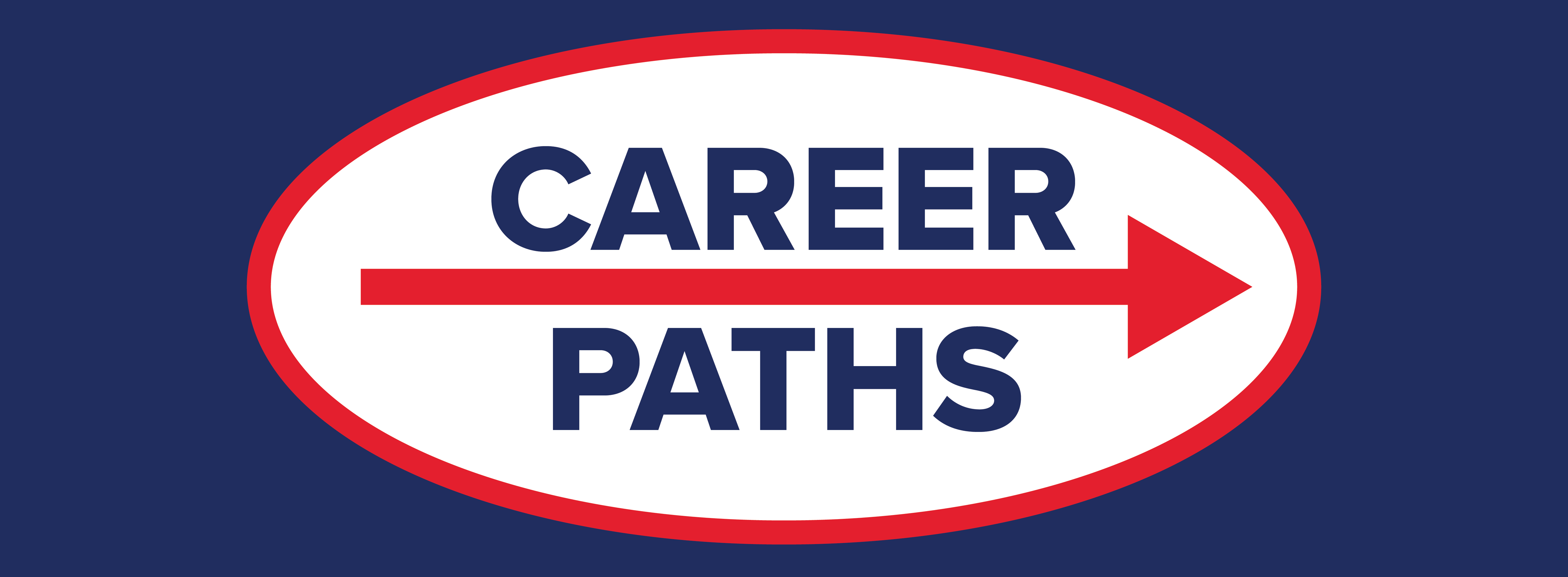| PHRASE |
DEFINITION |
Complexity and Problem Solving Criteria
|
Complexity and Problem Solving Criteria represents the analytical process required to asses and resolve problems commonly presented to the job. The range of prescribed options available to resolve problems and the latitude the incumbent has to revise or develop an option is taken into consideration. |
Education and Experience Criteria
|
The Education and Experience Criteria provides the framework for the job's minimum qualification requirements. This includes such factors as the degree, years of experience, position specific knowledge, skills, and abilities necessary. |
Functional Job Title
|
While every position has a Job Title, positions may also have a Functional Job Title. This Functional or “Business Card” Title is determined locally and creates a more distinct description for a position. |
General Role Criteria
|
The General Role Criteria provides the general purpose or reason for the existence of the position. |
Independence and Decision Making Criteria
|
Independence and Decision Making Criteria focuses on a position’s latitude to act independently and outlines the boundaries which limit a position's latitude. A position’s latitude is affected by factors such as supervisory controls and procedural/administrative constraints. |
Job Category
|
Job Category is the broadest grouping category in the classification system. The UCPEA Job Classification System, Career Paths, groups jobs into one of three Job Categories: Professional, Specialized Professional, and Manager. |
Job Classification System
|
UConn’s Job Classification System, Career Paths, is designed to provide a systematic method to manage the categorization of professional staff positions at the University. This system is intended to group jobs by commonalities found in a job’s various attributes. Classification systems use a consistent metric to evaluate the work. Components of this Job Classification System include Leveling Criterion, Occupational Groups, Job Families, Job Paths, and Salary Bands. |
Job Description
|
The Job Description is a detailed explanation of the position’s duties and responsibilities. Job Descriptions are unique to each position and include the specific requirements and expectations of the role within the unit. |
Job Family
|
The Job Family is the first subdivision of the Occupational Group. Job Families group related jobs with similar work, requiring like training, skills, knowledge, and experience. Job Families provide a more detailed category to further organize work through grouping similar jobs that often possess different titles across an institution. Each Family consists of different Job Paths and Titles. |
Job Level
|
The Job Level is determined by the General Role and the amount of Education and Experience, Independence and Decision Making, Complexity and Problem Solving, and the Scope of Measurable Effect a job requires. A position’s Job Level is based on the measure of these factor against the job's core responsibilities. |
Job Path
|
The Job Path is the second subdivision of the Occupational Group by further grouping roles (the first being the Job Family). Roles grouped within the Job Path are primarily differentiated by a progressive growth in qualifications, complexity, and in the independence required of the job. The Job Path may serve as an employee's career path guide. |
Job Specification
|
The Job Specification documents basic information such as the job’s title, duties and responsibilities, reporting line, and the minimum qualifications. The Job Specification is relevant to all positions in the Job Title and serves as a starting point for the more individualized Job Descriptions. |
Job Title
|
The Job Title describes a job in the organization. Jobs with sufficient commonalities are grouped together and given a single title. |
Job
|
Job describes a compilation of tasks assigned to and performed by employees in an organization. |
Leveling Criterion
|
Leveling Criterion describe a group of factors in a job used to determine the job's level in a classification system. The five Leveling Criterion in the classification system include: General Role; Education and Experience; Independence and Decision-Making; Complexity and Problem Solving; and Scope of Measurable Effect. |
Leveling Guide
|
The Leveling Guide serves as a reference guide for the levels within a classification system, illustrating the differences by level for each leveling criterion. |
Manager
|
The Manager Category is characterized by providing a combination of supervision/management over a department charged with providing a variety of cross-disciplinary services. Incumbents should generally have oversight of professional and non-professional staff, as well as business and/or administrative operations. |
Mapping
|
Mapping is the process of determining the placement of a job in the new classification system. |
Occupational Group
|
The Occupational Group broadly categorizes associated or related occupations. Each Occupational Group consists of Job Titles, Job Paths, Job Categories, and Job Levels. |
Professional Category
|
The Professional Category (also referred to as individual contributor) is characterized by positions that are primarily accountable for providing service to any assigned department in the University. These positions are typically accountable for only their own workload and do not have formal supervisory responsibilities. |
Salary Bands
|
Salary bands standardize compensation across similar skill sets and responsibilities. There is an established minimum, maximum, and mid-point determined for each band. |
Scope of Measurable Effect Criteria
|
The Scope of Measurable Effect Criteria speaks to the impact of a job’s actions, decisions, or role on individuals, a group of individuals, or a service being provided. |
Specialized Professional Category
|
The Specialized Professional Category is characterized as serving as an expert or an advanced resource capacity in an area of specialization. This specialization usually requires specific education or professional credentials and experience. These positions do not have formal or direct supervisory responsibilities, but may have lead responsibilities for the purposes of long termed projects. |
